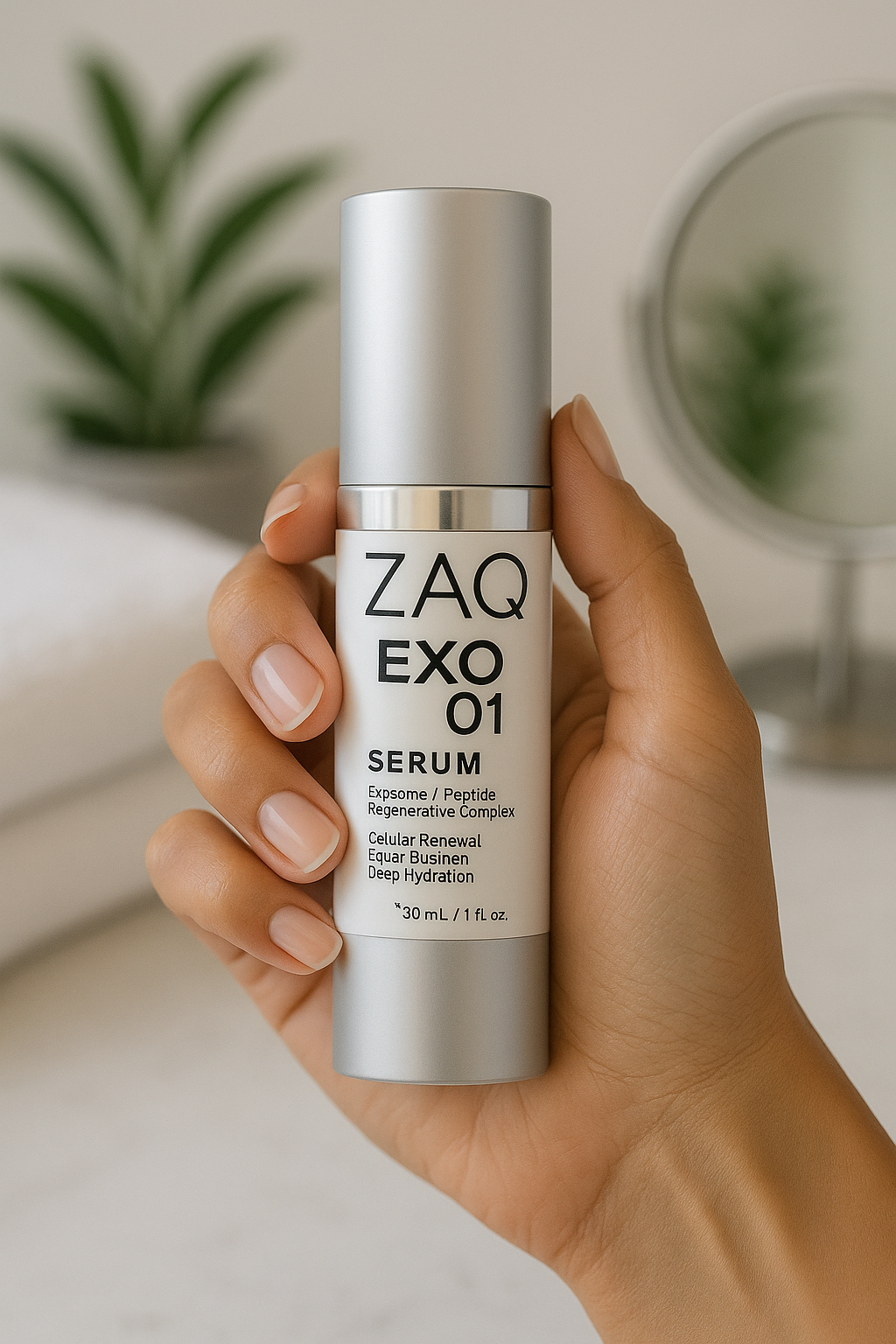Menu
Shop
Shop
Skin Device & Tools
Gemstone Tools
Gemstone Tools
Gemstone Tools
Gemstone Tools
-
Shop
- Wholesale
Popular collections
Elevate Your Skincare Game with Cutting-Edge Skin Devices for Visible Results


Elevate Your Skincare Game with Cutting-Edge Skin Devices for Visible Results
Top-Rated Skin Care Devices for Radiant, Youthful Skin

























































